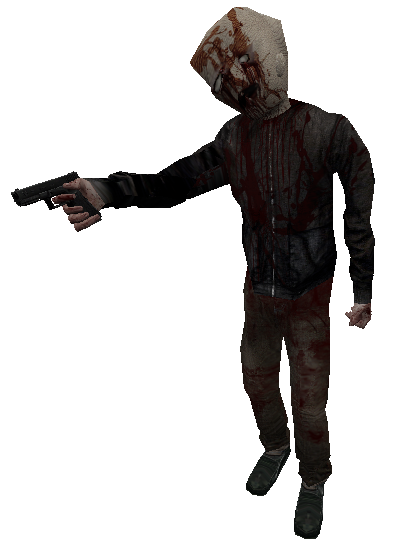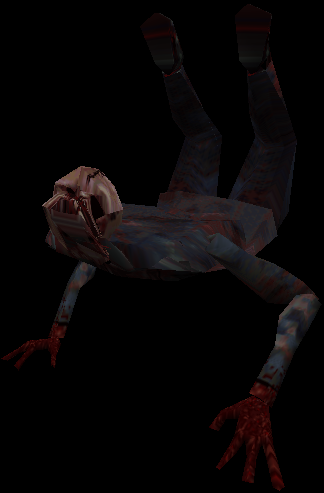


This is a creature, after all, outside our normal experience. But monsters don’t necessarily give out those human signals. We sense when things might get out of control or violent. We can tell via body language, facial expressions, and tone of voice when someone is getting angry or upset. Humans tend to have a pretty good sense of what another human is going to do next. ( 8 journeys and motives behind evildoers, anti-heroes, and antagonists.) In a broader sense, monsters are scary because. īut please don’t think that triggering your audience’s phobic responses is the only way to make your monsters terrifying. This story became one of the most famous episodes of The Twilight Zone, a vehicle for a young William Shatner. As it turns out, those are fairly easy fears to apply to a monster or demon, but what about pteromerhanophobia, the fear of flying? Richard Matheson made quite a splash in 1961 with the short story “Nightmare at 20,000 Feet,” in which a poor soul suffering from pteromerhanophobia encounters the dreaded gremlin tearing pieces out of the wing of the plane he’s flying in. That means the lowest-level demon comes up from underground and pulls you down and buries you alive, and the “boss” demon is a spider, or something that looks and/or behaves like a spider.

To create that sense of progression and escalation of danger, I simply reversed that top ten list so the final, scariest demon embodies the most prevalent phobia.


 0 kommentar(er)
0 kommentar(er)
